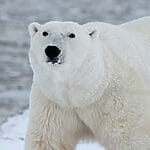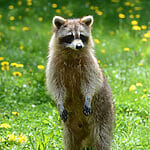Before the Pioneers, the prairies were home to many different species of animals. Many of them have now disappeared, but some can still be found today.

In this article, we will detail all of the animals that live on the prairie. So, if this is of interest to you, read on for more!
8 Fantastic Animals You Can Find On The Prairie
Here are some of the fantastic animals you can find on the prairie!
Franklin’s Ground Squirrel

First on our list is Franklin’s Ground Squirrel. This creature can be found in the grass prairie regions in Illinois. These squirrels typically live in well-drained burrows and they will stay there to hibernate during the winter.
Franklin’s Ground Squirrels are omnivorous, meaning they eat a plethora of plants and dead animals, also known as carrion.
They will also eat small mammals and mammal material, like birds that dwell on the ground, insects, and bird eggs.
Franklin’s Ground squirrels are typically born in the Fall.
Great Prairie Chicken
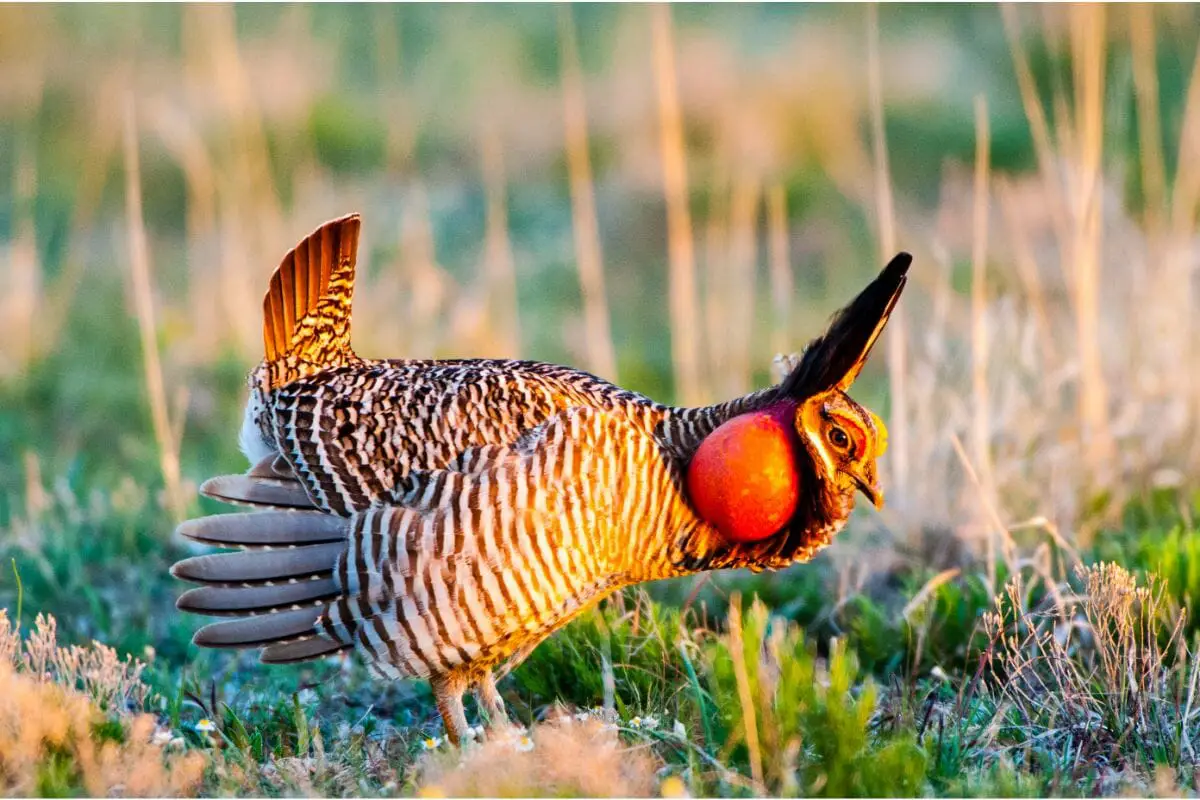
Next, we have the Great Prairie Chicken. This bird used to be extremely common in the prairie, but sadly, it is now listed as endangered and mostly lives on preserves.
This extinction threat is caused by hunting, competition with other species such as the ring-necked pheasant, and a loss of habitat.
Great Prairie Chickens will forage on the ground for their food. In particular, grasshoppers. They will also eat plenty of plants and plant material, such as seeds, leaves, acorns, and buds.
Female Great Prairie Chickens will nest among the weeds and grasses and will lay anywhere between 7 to 17 eggs.
Prairie Kingsnake
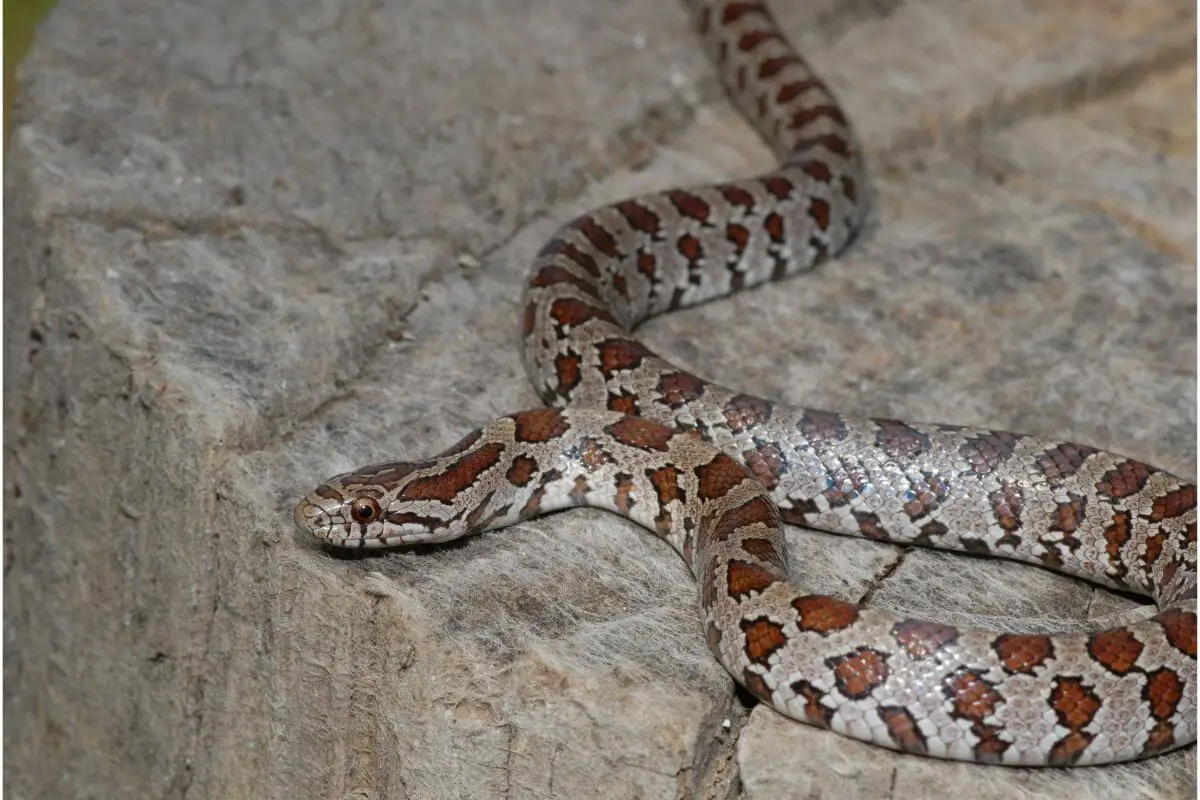
You can find the Prairie Kingsnake in the southern parts of the Illinois prairie. These snakes will feed on small mammals, like shrews, voles, and moles.
Their diet also includes animals like birds, insects, amphibians, and even other snakes!
Female Prairie Kingsnakes will lay anywhere between 7 to 20 eggs during the middle of the summer. They will then hatch anytime between August and September.
American Goldfinch
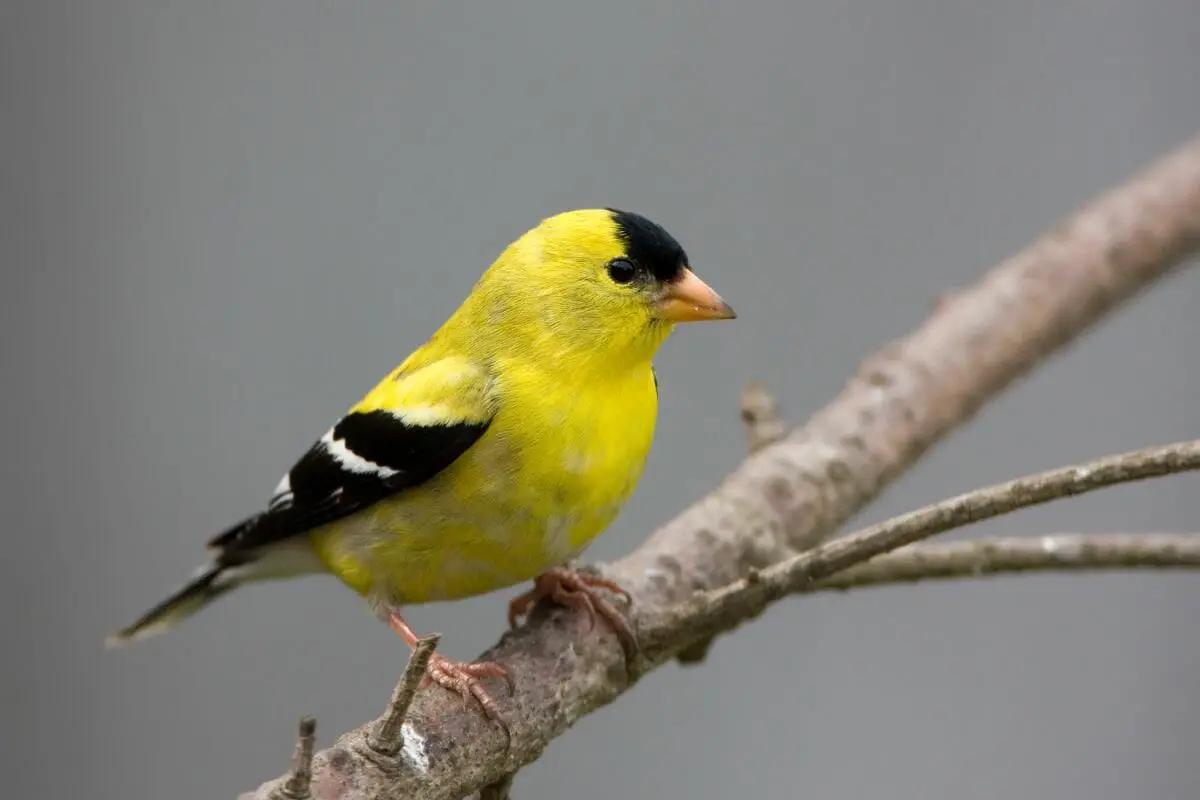
If you go wandering through the prairie during the summer or winter, then you may spot the American Goldfinch. This bird is a migrant and resident not just in the prairie, but in a variety of other habitats.
The American Goldfinch feeds on seeds, while its young will feed on insects, for the most part.
Female American Goldfinches will lay between 5 and 66 eggs in their nest. The nests themselves are settled into areas consisting of shrubs and weeds and are typically high up in the small trees.
They will normally be lined with thistle down.
Dickcissel
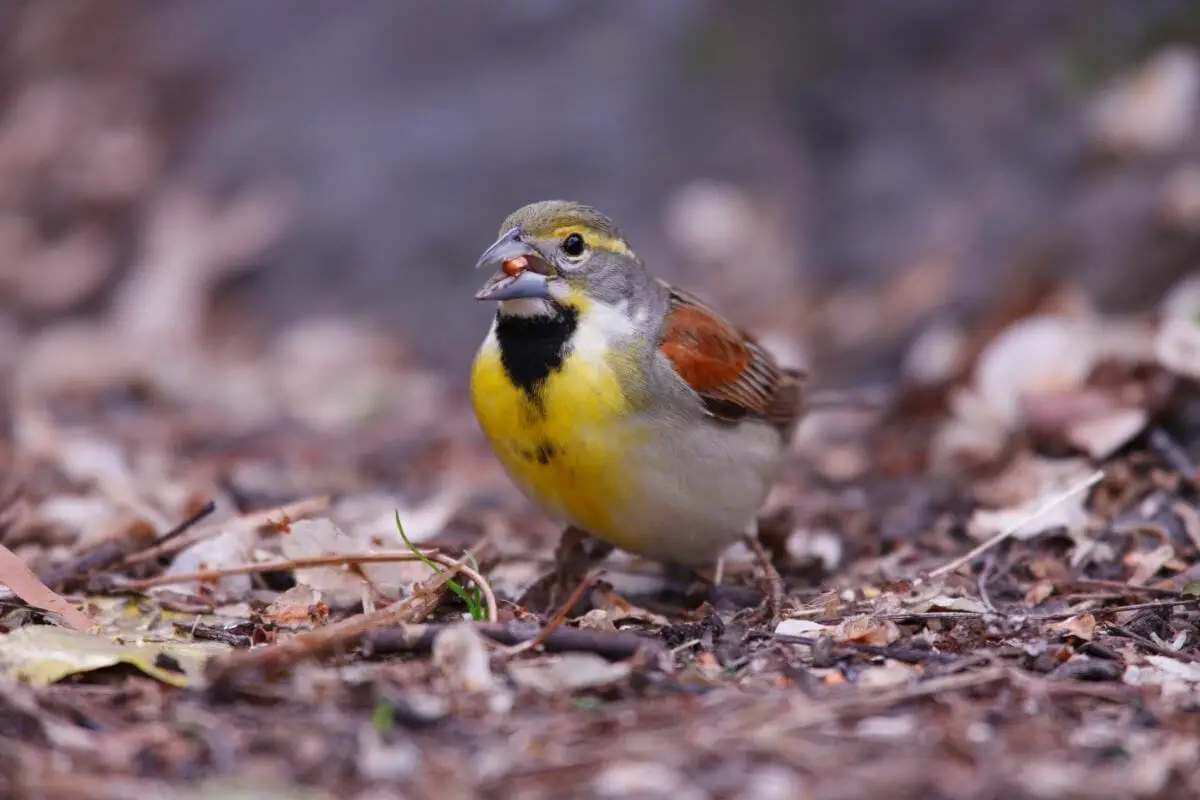
Dickcissels can be found on the prairie during the summer months. This creature will typically feed on seeds.
Female Dickcissels will lay anywhere between 3 to 5 eggs in a nest either built into the weeds, on the ground, or in small trees.
They will lay their eggs anytime between the middle of May to early August.
Brown-Headed Cowbird
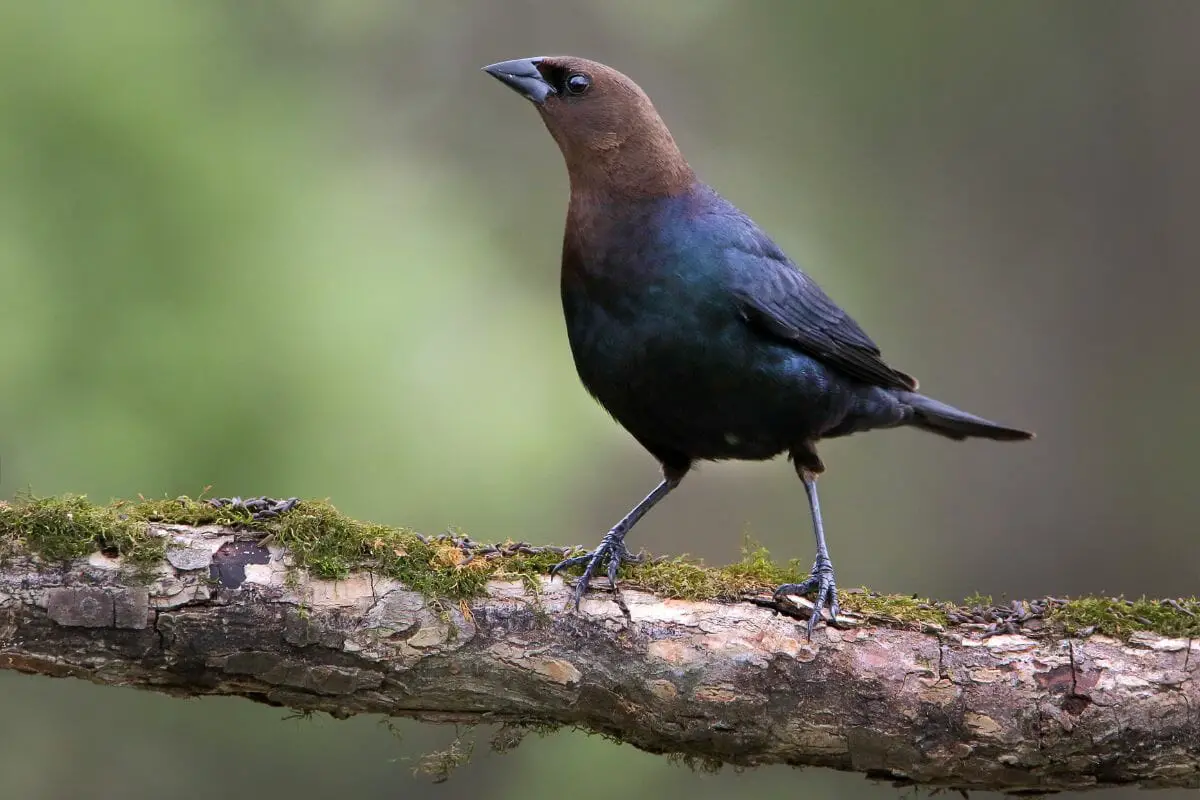
The Brown-Headed Cowbird got its name from the times when it would follow a herd of bison onto the prairies, eating the insects that were brought up by the hooves of the bison. These birds will also eat seeds.
Then, when European settlers arrived and opened the land up, the cowbirds moved into this environment. Because of this, other birds learned of the way Brown-Headed Cowbirds lay eggs.
It is referred to as “brood parasitism” and describes the act of laying seven eggs, one at a time, in the nest of other bird species instead of building their own.
You are most likely to see a Brown-Headed Cowbird in the prairie in the summer months, usually between trees that sit low and are scattered.
Prairie Dogs

Prairie Dogs are members of the squirrel family. They will often weigh around 1 to 3 lbs each and grow to be 14 to 17 inches long. They have long nails and strong, short arms that help them with digging burrows.
And, they are able to run 35 mph for short bursts, meaning they are excellent at escaping predators, often able to run and hide in their burrows.
Prairie dogs will live in underground colonies, also known as towns. They will live underground to protect themselves against flash floods and predators.
The diet of a prairie dog consists of plants and insects. They are prey to many other animals, including badgers, rattlesnakes, birds of prey, coyotes, foxes, and more.
Prairie dogs are an extremely important species. They are known as a keystone species, which means other animals and plants depend on them to survive.
Without a keystone species, in this case, prairie dogs, the ecosystem becomes at risk of collapsing.
Prairie dogs serve as a keystone species by being eaten, clipping vegetation, creating homes for other creatures, and more!
Sadly, two out of the five prairie dog species are considered to be endangered thanks to a past belief that they used to be carriers of disease, so they were killed via poisoning and recreational shooting by settlers.
Burrowing Owls
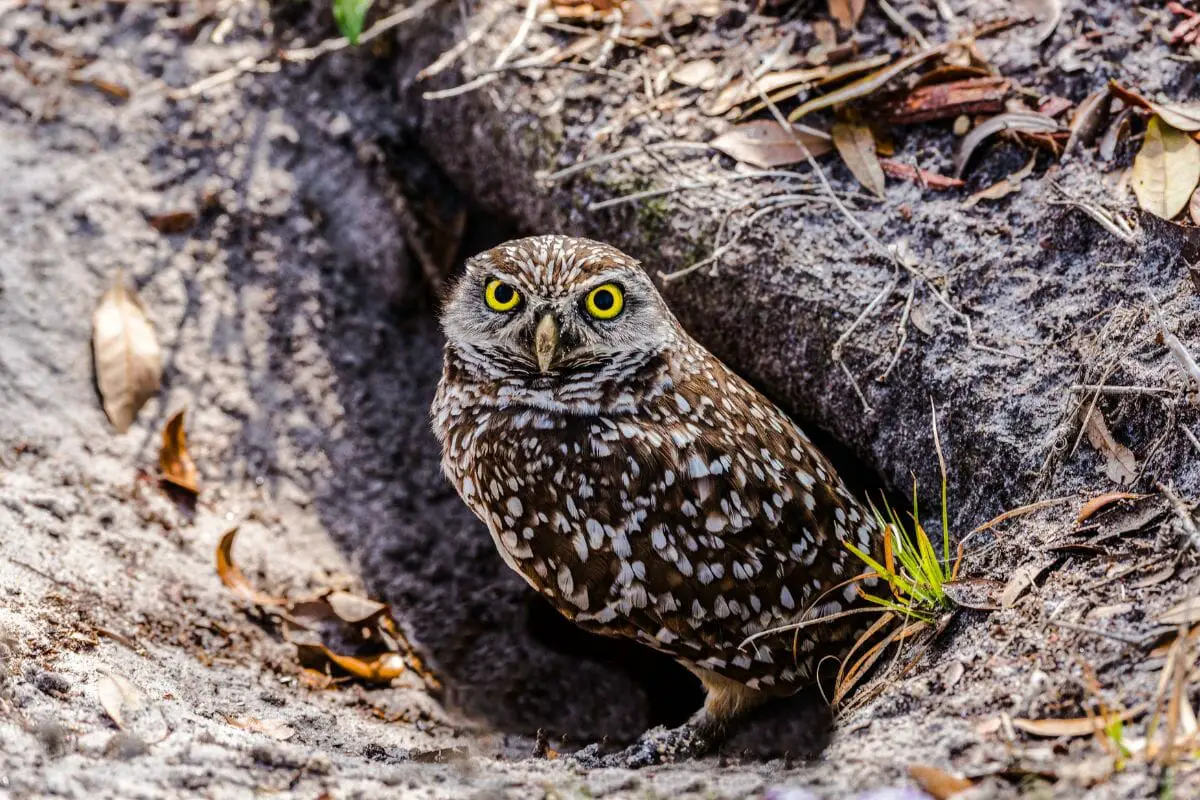
Last but not least, we have burrowing owls. These owls are a type of ground-dwelling species of bird. They have a brown body with speckles of white, long legs, and no ear tufts.
Both male and female burrowing owls will be around 10 inches tall and will weigh around 6 ounces. The wingspan of a burrowing owl is around 20-24 inches.
Burrowing owls typically live in the burrows of other animals, (see also: Animals That Live In Colorado) such as prairie dogs, in spaces that are open. They will usually eat amphibians, small mammals, insects, reptiles, and even other types of birds.
You are most likely to see them at either dawn or dusk.
Burrowing owls will collect the waste of other mammals to decorate their dest. This is so they can attract dung beetles to their nest to eat them.
Sadly, the burrowing owl population is in decline thanks to automobile collisions, poisoning in the colonies of prairie dogs, and the use of pesticides.
Final Thoughts
So, there you have it! There are various types of wonderful animals that live (see also: Ten Types Of Animals That Live In Mexico)in the prairie, and we hope this article tells you all you need to know about them!
- 15 Most Common Animals Living In Ponds - 2024-04-23
- What are the Characteristics Of a Wolf – (Characteristics & Interesting Facts) - 2024-04-23
- Animals That Live In The Abyssal Zone - 2024-04-22




